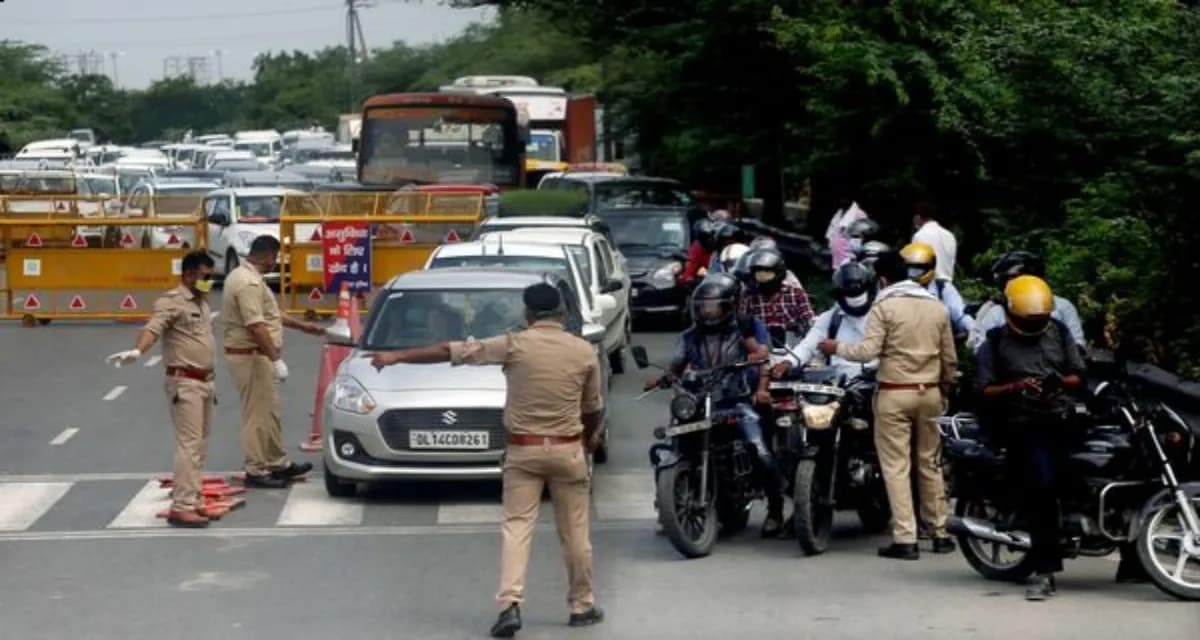Now, the challan for breaking traffic rules will not be just from the photo but from the video evidence. The central government has issued a new Standard Operating Procedure (SOP), under which traffic rules will be monitored with automatic cameras.
The central government has issued a new Standard Operating Procedure (SOP), under which traffic rules will be monitored with automatic cameras. According to media reports, this SOP has been presented by the Ministry of Road Transport and Highways in the Supreme Court, which aims to reduce road accidents and make the traffic system more strict and transparent.
The SOP also focuses on recording video evidence, even at speeds up to 200 kmph. So that road accidents and deaths caused by distraction and driving in the wrong direction can be reduced. This initiative has been taken in response to the Supreme Court order directing 23 states and 7 Union Territories (UTs) to report on the implementation of electronic monitoring as per the Motor Vehicles Act.
Which rules will be monitored?
According to the SOP, the automated camera enforcement system will be the primary method for monitoring traffic violations. This system is designed to ensure accountability for both drivers and enforcement agencies.
Under this new system, actions like not wearing a helmet or seat belt, talking on a mobile phone, driving on the wrong side, and eating or drinking while driving will now be recorded on camera.
These cameras will be so high-tech that they will be able to record clear videos even at a speed of 200 kilometers per hour. That is, even if any vehicle passes at high speed, both the picture and video of breaking the rules will be captured in the camera.
A challan will be issued on the basis of video evidence
According to the new SOP, now the cameras will record a video of at least 1 second and a maximum of 10 seconds to issue the e-challan. All the information like vehicle number, location, date and time should be clearly visible in it, and that too without any blur or haziness.
Not only this, but this system will work in real time. As soon as any rule is broken, an alert will be sent to the traffic department within a second. The sensors and advanced algorithms installed in the camera will be able to identify whether the vehicle coming in front is actually breaking the rules or is an emergency vehicle (such as an ambulance or fire brigade vehicle) that has been granted permission.
The trick of avoiding challan will not work now
It is often seen that people change their phone number or address to avoid challan. To curb this, the ministry has given a three-month time period, in which all vehicle owners and drivers will be able to update their registered number and address.
After three months, whoever takes transport or driving-related services, it will be mandatory to give their correct details. Action will be taken for giving wrong information.
Also Check:- Check Vehicle Owner Details Online
Appeal against challan will also be easy
To increase transparency, the SOP also states that online systems will be started in all the states, where vehicle owners or drivers will be able to appeal against their challan. This will ensure that people can challenge the challans sent by mistake in the right manner and action is taken in a fair manner.
Also Read:

